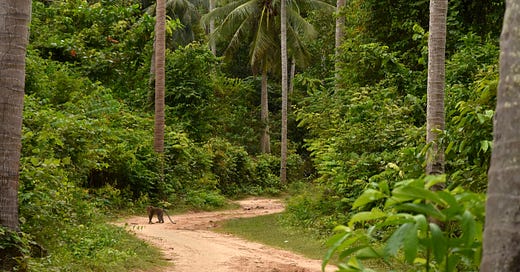“Mine was the second restaurant to open in the village,” the elderly proprietor of Mama Cooking says as I dig into a steaming plate of wok-fried snapper with ginger and chilis. “I started about 25 years ago, a few years after my sister opened Koh Jum Seafood over by the pier. Back then, we mostly served Thai people who came over from the mainland on wee…
© 2025 David Luekens
Substack is the home for great culture



